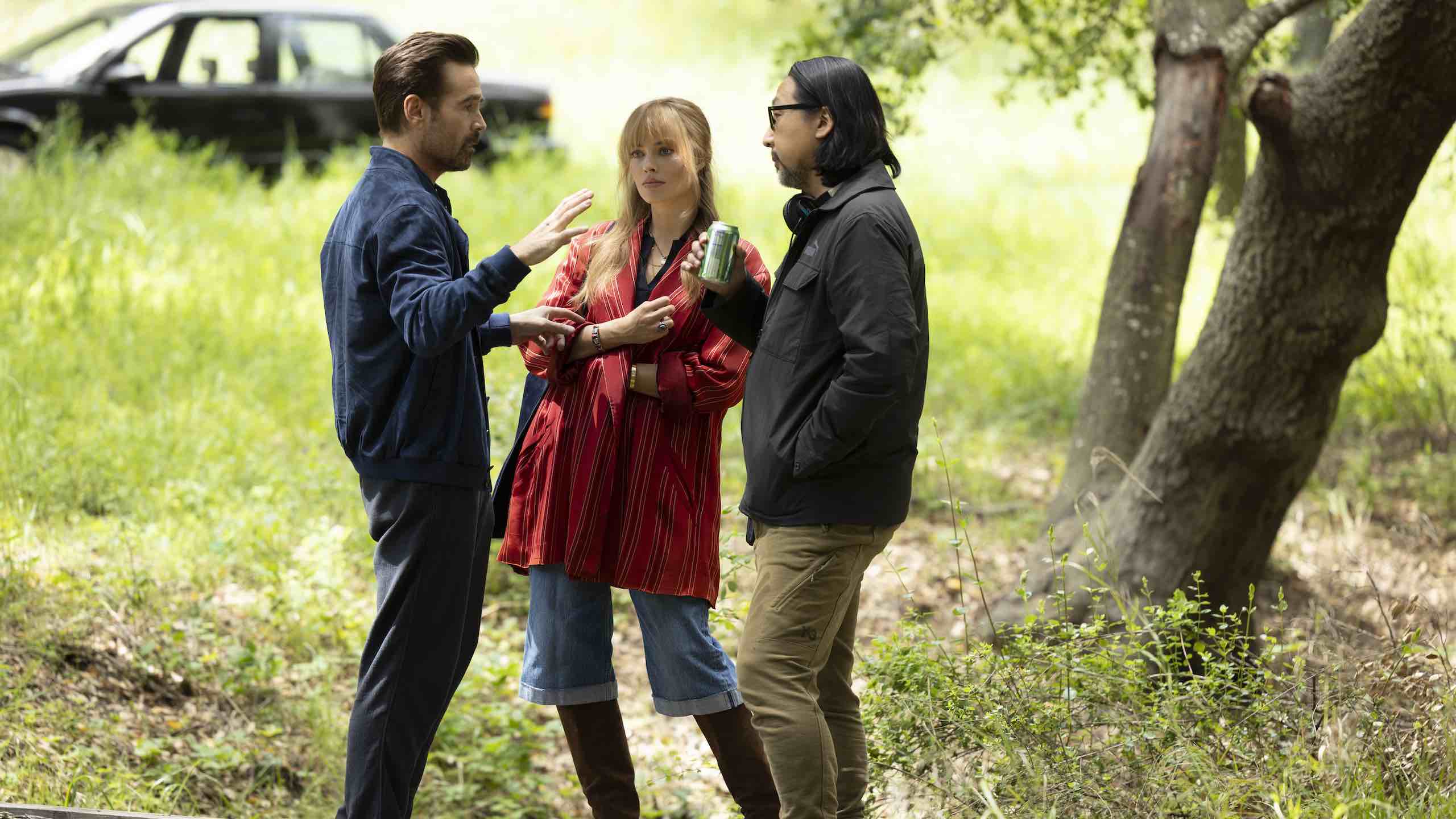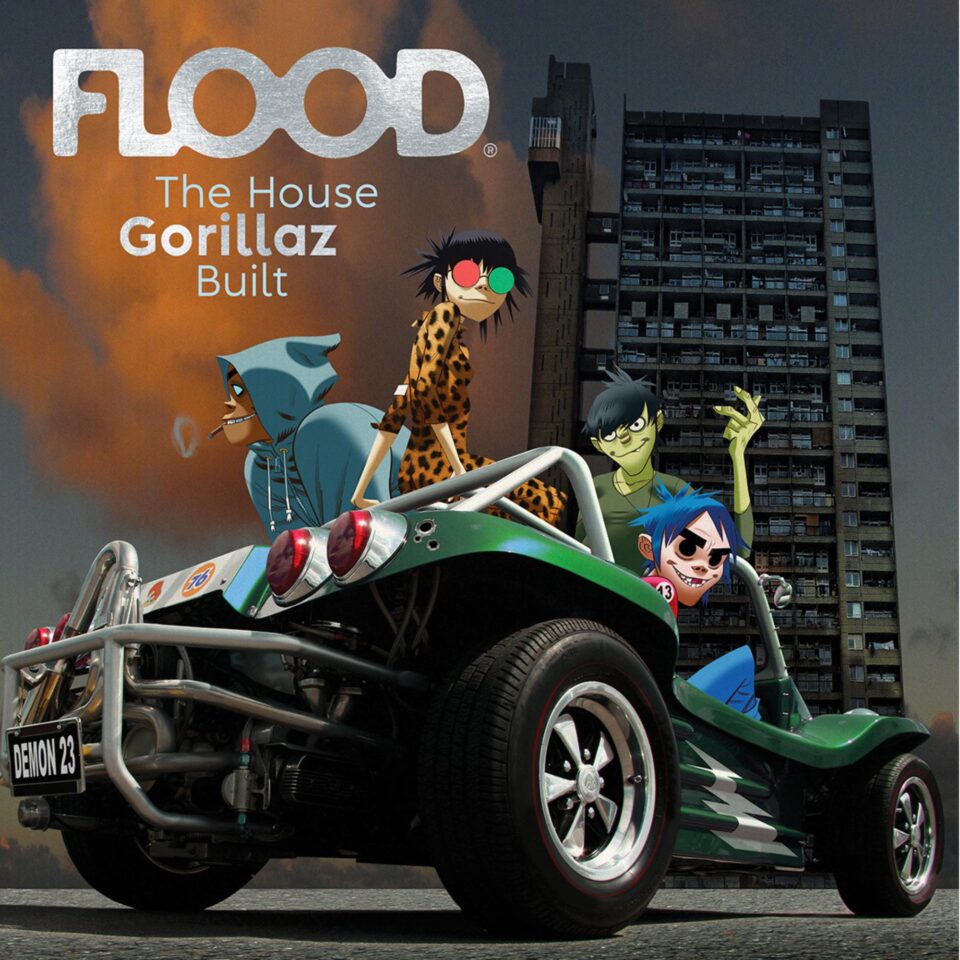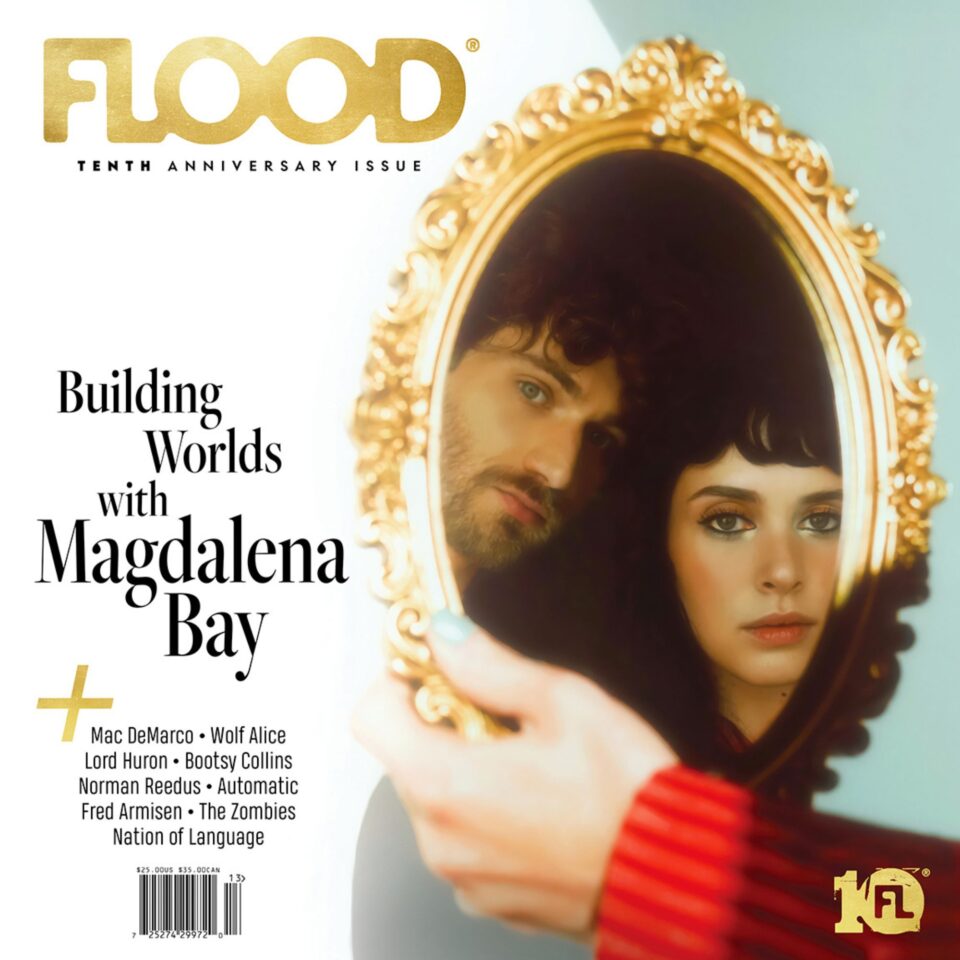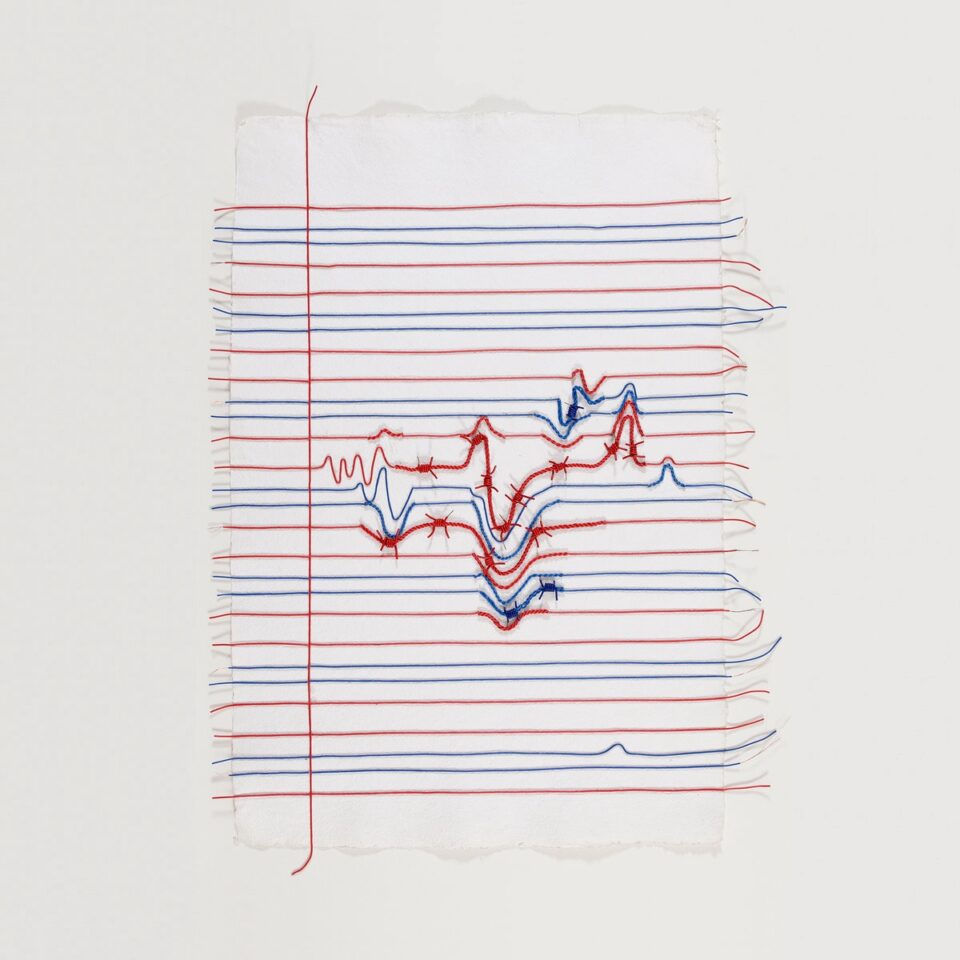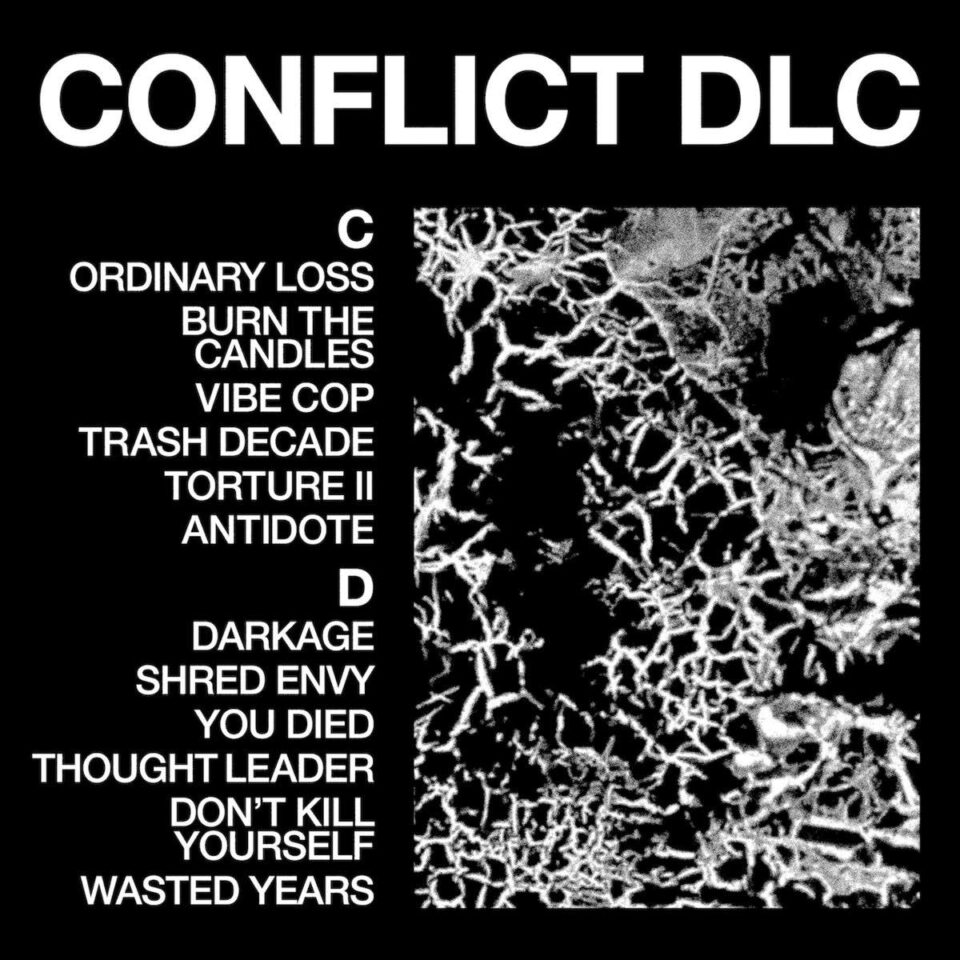“What if you could open a doorway and walk through it to re-live a defining moment from your past?” That’s the existential question that Kogonada poses with his new romantic fantasy feature, A Big Bold Beautiful Journey. Following critical acclaim for his previous films After Yang and Columbus, as well as TV work on Pachinko and The Acolyte, Kogonada returns with another innovative project, which leans into magical realism to capture a heartfelt and whimsical story.
For Kogonada, the script (penned by The Menu co-writer Seth Reiss) came to him at the right moment in his life, as he was longing to find “new ways of thinking about the human experience” with something that also “feels relatable to his everyday life.” This creative longing was brought to life by Colin Farrell (who previously starred in After Yang) and Margot Robbie in a movie which follows two strangers who get to relive important moments from their past, illuminating how they got to where they are in the present—and possibly getting a chance to alter their futures.
With the film landing in theaters this weekend, read on for our conversation with Kogonada in which he discusses bringing his own experiences to Reiss’ script, collaborating with Hayao Miyazaki/Takeshi Kitano composer Joe Hisaishi, and more.
What drew you to Seth Reiss’ script for A Big Bold Beautiful Journey?
It helped that it was a beautiful script—he’s a really creative and talented writer—but it also met me at the right time. I was really wanting to explore something about the possibility of love and the ways in which the past confronts our present and even any future possibility. There was something in that exploration that I was thinking about quite a bit, and then this script was some version of that but in such a creative way. I thought this was the perfect story-world with characters that I could really explore in such a creative way. It met my thematic longings. I didn’t think I was going to direct someone else’s script.
Then, [Seth] was very open to allowing me to make it more personal and make it about other things that I wanted to explore. There are other things about the medium of film itself and artifice and getting to truth in a deeper way that this script really allowed me to tackle.
If you look at a similar story, A Christmas Carol, that’s about an individual changing his ways. Whereas the heart of this movie is about the love between two people.
There was some of that element, for sure. We live in a cynical age. We live in an age where it’s hard to believe in anything. I was reading an essay which said that in this generation, there are fewer marriages and fewer relationships. I think we’ve hit some sort of wall. There’s something about the play of understanding why we’ve lost that desire or belief in that possibility, and so much of this [movie] is about trying to understand that and trying to restore it.
“I was really wanting to explore something about the possibility of love and the ways in which the past confronts our present and even any future possibility.”
What did you bring from your own life experiences to this movie?
The things that I wanted to explore were also meaningful to [Seth]. The doors didn’t exist in the original script—they were actual buildings on the side of a road. The magical realism that felt so interesting to me was the theatrical magical realism when you see a door on a stage, or when you’re playing as children and you’d say, “We are in this setting,” and we all believed it. Some of that was intrinsic in this script, but I just wanted to expand it in both directions.
There’s this wonderful moment in the film where he goes into a high school and we find out he used to be in the school’s musicals. When I read it in the script, it’s when I knew I wanted to make this film because it’s so funny and it’s so imaginative. I wanted to take that spirit of high school theater. Whenever we had some performance at school, I loved it, it felt magical! I’d always fall in love with someone, it was just so great. [I wanted to] just sprinkle that throughout the DNA of the film.
And there are personal things about fatherhood, the burden of parents, memory, and all of those things that were already in there, but we expanded on a little bit.
Was there one particular movie that comes to mind that really opened your eyes about the theater of doors and their potential cinematic effect?
There’s such a fascinating history of doors. In fact, I did a Criterion Collection essay on Robert Bresson and his love of doors—he loved the sound of doors. [Ernst] Lubitsch loved doors, and then, of course, in Howl’s Moving Castle, Miyazaki has magical doors. My kids also reminded me of Monsters, Inc. Anime was a big influence on our film, and I love [Makoto] Shinkai. It was funny, we’d finished the script and then his next film, Suzume, came out and that [features] doors. I told my son, “Oh no, we need to watch this film right away, I need to know if I’m using them exactly [the same way]!”
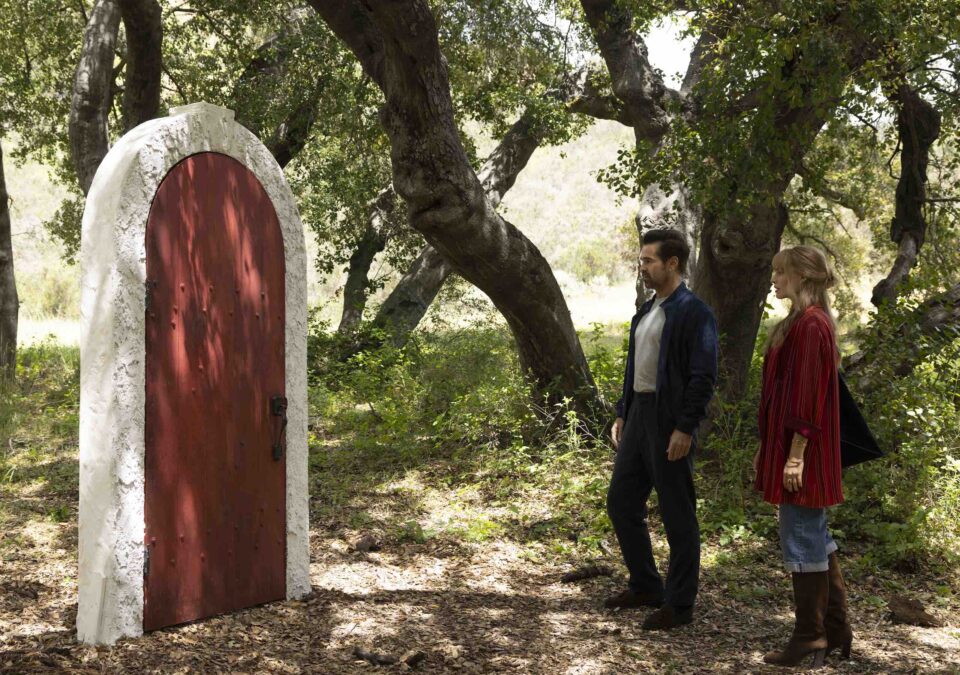
Colin Farrell and Margot Robbie star in A BIG BOLD BEAUTIFUL JOURNEY.
I think really the experience [comes from] theater. It was probably [at a play] in Chicago: there was a plain stage and they just had one door. Sometimes they entered something very mundane like the next room, but sometimes they entered another time and it was just a door and we believed it. That was something that always stayed with me.
You talked about anime influences. What does Joe Hisaishi bring to this movie?
It was such a dream. His music is so refined but layered. I gave him zero notes because he’s a legend, right? He doesn’t do live-action very often, and he’s never done a film [outside of Japan], so I was just very interested in how he would watch this film and the kind of music he’d create. It was so surprising, because I think sometimes a composer, if a scene is sad, will only play sad, or if it’s romantic they’ll only play romantic. But he was always adding some other layer. He does mystery really well.
In a Miyazaki film, anything is possible—there are no sci-fi rules to a Miyazaki world, it’s all emotional. If a child is feeling sad, then a cat-bus might come by and pick them up. There was something in that spirit for him in the realm of music, where we felt that anything was possible. Even though we were in the real space of a wedding, maybe the music suggests there’s something bigger going on.
“The magical realism that felt so interesting to me was the theatrical magical realism, when you’re playing as children and you’d say, ‘We are in this setting,’ and we all believed it.”
Do you often give no notes, or is this specific to working with Joe Hisaishi?
With all collaborators, once you hire them, it’s because you trust them quite a bit. That’s what you want. The idea of telling Hisashi-san something was daunting. I think with him especially, I wanted to see what he would do without anything, and it was lovely.
Margot Robbie said that your movies have a “meditative quality,” and there’s a great “stillness” to them. Is this done intentionally?
I don’t think too much about it. I’m so influenced by that kind of film and filmmaking, and I think it matches my disposition a little bit. I think we’re just drawn to certain things, and if you look at my shelf in my office, I’m surrounded by that kind of art and film work.
Was the GPS in the movie inspired by Kubrick’s HAL?
Yeah! In fact, when I spoke with my production designer, I said, “I don’t want it to look like a regular GPS, I want it to look partly like HAL and partly like a Nintendo game device.” We were being playful. Most GPSes are geographic guidance, but this is an existential guidance, as well. FL

